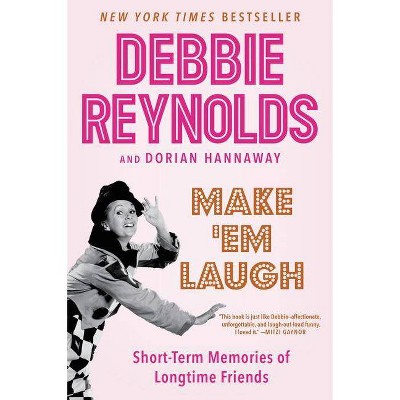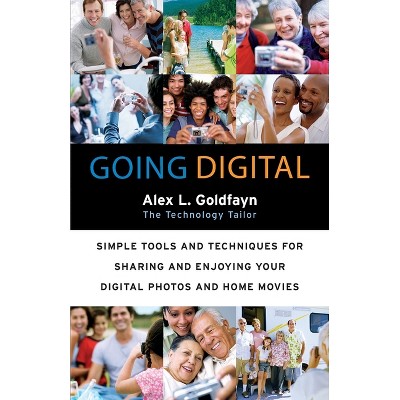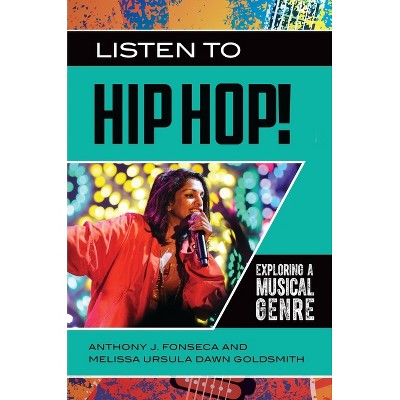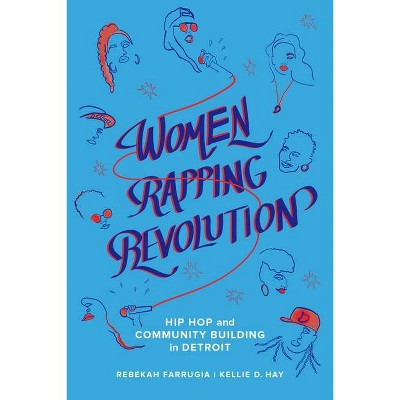Sponsored

How Hip Hop Became Hit Pop - by Amy Coddington (Paperback)
$34.99
In Stock
Eligible for registries and wish lists
Sponsored
About this item
Highlights
- A free ebook version of this title is available through Luminos, University of California Press's Open Access publishing program.
- About the Author: Amy Coddington is Assistant Professor of Music at Amherst College.
- 226 Pages
- Music, Genres & Styles
Description
About the Book
"How did rap become the most popular genre in the United States, and what were the consequences of this subculture becoming part of the mainstream? In How Hip Hop Became Hit Pop, Amy Coddington examines the programming practices at commercial radio stations in the 1980s and early 1990s to uncover how this industry facilitated rap's introduction into the musical mainstream. Playing rap on the radio changed the sound of the genre, as artists negotiated expanding audiences and industry pressure to make songs that fit on the radio. But the effects of rap's mainstreaming were not one-sided. The genre altered the radio industry by bringing brought together large multicultural audiences, challenging the racial identity of the popular music mainstream. But within a few years, the very idea of the mainstream would be called into question, as radio programmers unsure of the genre's popularity wreaked havoc on the multicultural coalitions which rap had fostered"--Book Synopsis
A free ebook version of this title is available through Luminos, University of California Press's Open Access publishing program. Visit www.luminosoa.org to learn more. How Hip Hop Became Hit Pop examines the programming practices at commercial radio stations in the 1980s and early 1990s to uncover how the radio industry facilitated hip hop's introduction into the musical mainstream. Constructed primarily by the Top 40 radio format, the musical mainstream featured mostly white artists for mostly white audiences. With the introduction of hip hop to these programs, the radio industry was fundamentally altered, as stations struggled to incorporate the genre's diverse audience. At the same time, as artists negotiated expanding audiences and industry pressure to make songs fit within the confines of radio formats, the sound of hip hop changed. Drawing from archival research, Amy Coddington shows how the racial structuring of the radio industry influenced the way hip hop was sold to the American public, and how the genre's growing popularity transformed ideas about who constitutes the mainstream. The author gratefully acknowledges the AMS 75 PAYS Fund of the American Musicological Society, supported in part by the National Endowment for the Humanities and the Andrew W. Mellon Foundation.From the Back Cover
"Here it is--bam! The definitive story of rap, race, radio, and marketplace during hip hop's Golden Age. Amy Coddington combines an archivist's rigor and a raconteur's wit in documenting what those of us of a certain age remember but, perhaps, never fully grasped: how, amidst expanding racial inequalities and against all odds, rap music became the most popular genre in America."--Anthony Kwame Harrison, author of Hip Hop Underground: The Integrity and Ethics of Racial Identification "Making use of trade publications that have received little scholarly attention, Coddington has crafted a provocative and lucid alternative history that tracks how the radio industry's engagement with hip hop in the 1980s and 1990s both reflected and shaped changing ideas about race and music."--Loren Kajikawa, author of Sounding Race in Rap SongsReview Quotes
"Readers leave this book with a conviction that radio mattered in the 1980s and 1990s. And rap music's inclusion on radio--as a marker of mainstream success, as a gateway to the genre's increased popularity and economic power, as a means for spreading messages from the primarily Black artists who created it--was something that was heavily advocated for or resisted by various artists, listeners, programmers, and advertisers...Coddington's book provides a well-researched and clearly written examination of perhaps the first time that these questions were addressed."
-- "Notes: the Quarterly Journal of the Music Library Association"About the Author
Amy Coddington is Assistant Professor of Music at Amherst College. Her work has appeared in the Journal of the Society for American Music and The Oxford Handbook of Hip Hop Music.Dimensions (Overall): 8.9 Inches (H) x 5.9 Inches (W) x .7 Inches (D)
Weight: .71 Pounds
Suggested Age: 22 Years and Up
Sub-Genre: Genres & Styles
Genre: Music
Number of Pages: 226
Publisher: University of California Press
Theme: Rap & Hip Hop
Format: Paperback
Author: Amy Coddington
Language: English
Street Date: September 12, 2023
TCIN: 88994759
UPC: 9780520383920
Item Number (DPCI): 247-58-1773
Origin: Made in the USA or Imported
If the item details aren’t accurate or complete, we want to know about it.
Shipping details
Estimated ship dimensions: 0.7 inches length x 5.9 inches width x 8.9 inches height
Estimated ship weight: 0.71 pounds
We regret that this item cannot be shipped to PO Boxes.
This item cannot be shipped to the following locations: American Samoa (see also separate entry under AS), Guam (see also separate entry under GU), Northern Mariana Islands, Puerto Rico (see also separate entry under PR), United States Minor Outlying Islands, Virgin Islands, U.S., APO/FPO
Return details
This item can be returned to any Target store or Target.com.
This item must be returned within 90 days of the date it was purchased in store, shipped, delivered by a Shipt shopper, or made ready for pickup.
See the return policy for complete information.
Frequently bought together
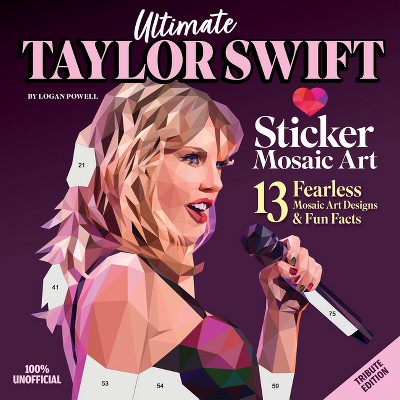
$8.98
MSRP $14.99
Buy 1, get 1 50% off select books
3.2 out of 5 stars with 40 ratings

$8.53
was $8.98 New lower price
Buy 1, get 1 50% off select books
4.7 out of 5 stars with 178 ratings
Guests also viewed
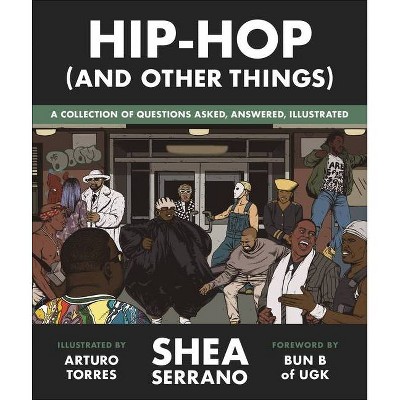
$23.75
MSRP $27.00
Buy 1, get 1 50% off select books
5 out of 5 stars with 5 ratings
Discover more options
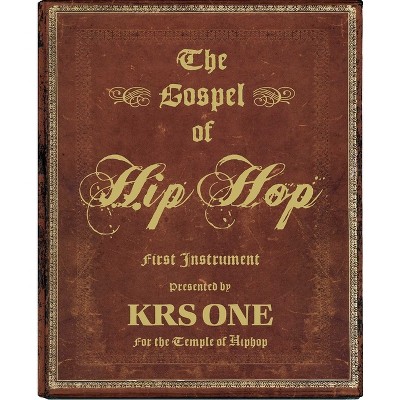
$19.12
MSRP $29.95
Buy 1, get 1 50% off select books
5 out of 5 stars with 1 ratings

